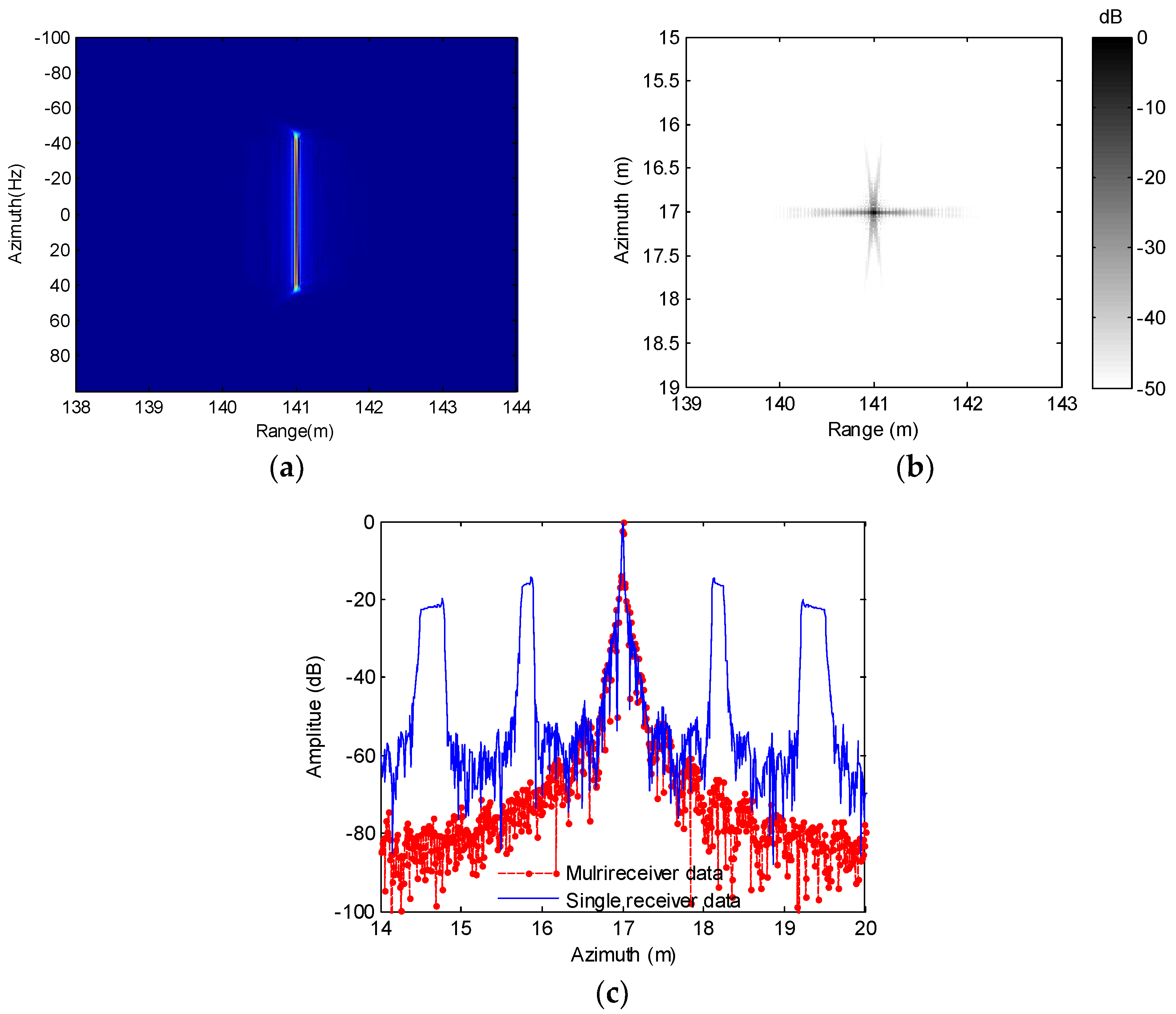

That year, the Underwater Sound Lab from New London, Conn., was combined with the Newport facility to form the Naval Underwater Systems Center or NUSC. In 1951 the station on Goat Island was reorganized:įor the next 15 years, it was the Underwater Ordnance Station, and then the Underwater Weapons Research and Engineering Station until 1970. The Naval Torpedo Station researched and tested underwater weaponry through World War I and World War II creating additional facilities on Rose Island, Fox Island and Gould Island. Acknowledgement of inaccurate depth settings was delayed until August 1942, and recognition of Mark VI fuze malfunctions was delayed until June 1943. Testing which might have been efficiently completed at the Torpedo Station was less effectively undertaken by operational submarines. Newport Torpedo Station's unjustified confidence in their precision-crafted torpedoes delayed recognition of problems being reported by submarines using the torpedoes in combat. He has worked for Harris Transducer (now Harris Acoustic Products Corporation), Parke Mathematical Laboratories, Massa.

and has had over thirty five years of both practical and theoretical experience in the design and analysis of underwater sound transducers and arrays. Newport's torpedo factory was unable to produce enough torpedoes to match combat use through the first year of World War II, and was reluctant to use scarce torpedoes in tests. Butler is President and Chief Scientist at Image Acoustics, Inc. Skilled craftsmen at the torpedo factory unknowingly produced a nonfunctional design. Economies of the Great Depression limited torpedo production and prevented adequate testing of either the Mark 14 torpedo or the new Mark VI fuze. Fuze design and production was undertaken in great secrecy for the newly designed Mark 14 torpedo. The Torpedo Station designed the Mark VI magnetic influence fuze for torpedoes during the 1920s. Room 20E-125 Massachusetts Institute of Technology Cambridge, MA 02139. N62191 Commanding Officer (MAJ00062) Naval Reserve Officers Training Corps L97 and Naval Administrative Unit. The torpedo factory became a major employer in the Newport area as Rhode Island congressmen protected the factory from competition. (MAJ00014) Naval Research Laboratory EEY Underwater Sound Reference Detachment. Ī factory was built in 1907 to manufacture steam torpedoes for the United States Navy. The United States Army adopted the Navy formulation in 1908 and began manufacture at Picatinny Arsenal. During the 1890s Charles Munroe and John Bernadou worked at Newport patenting a formulation of nitrocellulose colloided with ether and alcohol used as smokeless powder for United States naval artillery through the World Wars. Naval Torpedo Station was founded in Newport on Goat Island, the site of a military fort since 1703.


 0 kommentar(er)
0 kommentar(er)
